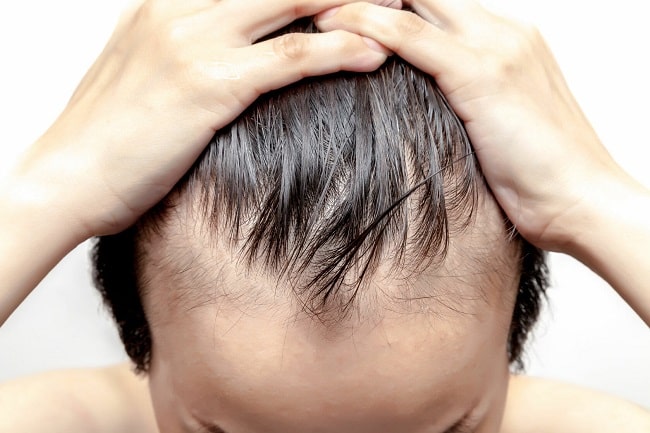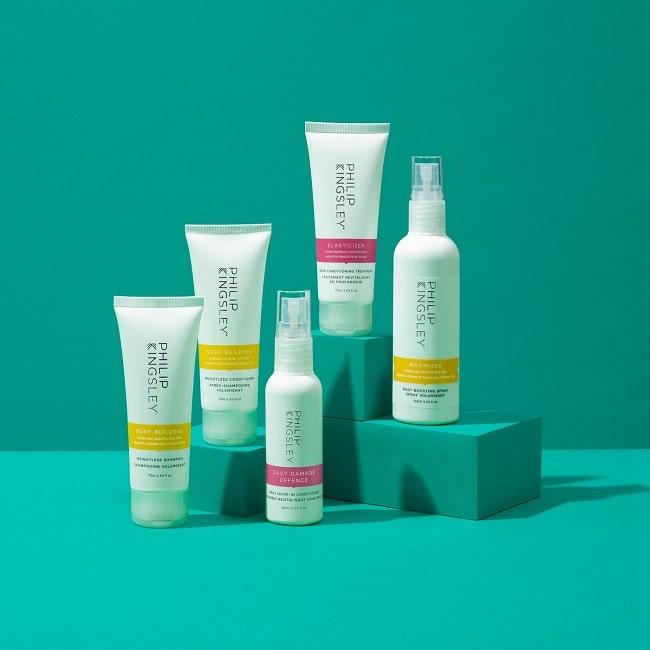1
HOME > Hair >
A GUIDE TO COMBATTING SCALP PROBLEMS
WHY LOOKING AFTER THE SKIN ON YOUR HEAD IS AS IMPORTANT AS YOUR FACE
Written by Menswear Style in Hair on the 8th December 2020

The scalp is simply skin; it sweats, secretes sebum (oil) and sheds dead skin cells. You also take your hair and scalp to the same places you take your face and they are exposed to the same pollutants. Daily shampooing is an absolute must if you have a scalp condition, such as dandruff or seborrheic eczema. It is also important if you have fine hair, as this hair texture has more sebaceous glands and therefore becomes oily quickly at the roots. It may not be realistic to shampoo daily if you have very coarse, long or thick hair – and if you must heat-style after you wash, the good of shampooing might be outweighed by this. In all instances, don’t leave more than 3 days between shampoos. Doing so is likely to cause itching and flaking - and a flaky scalp can cause hair loss.
Dos and Don’ts of scalp health
As you can’t see your scalp, its health is so often neglected. But you should give your scalp the same care and attention as you do your face. Cleanse your scalp frequently to remove oils, sweat, dirt and environmental pollutants. Don’t leave more than 2 days between shampoos. If you shampoo infrequently your scalp is likely to become irritated and you’re also more likely to get blocked pores and pimples. Your hair may also start to smell. Do be gentle when you brush and comb. Imagine what your forehead would look like if you raked it with bristles. The same applies to your scalp. Choose a brush that is gentle on the scalp. The best are those with rounded, plastic prongs. Metal pronged brushes can scratch the scalp and be quite damaging. Try not to scratch an itchy scalp; this will simply cause more irritation. Instead, apply a soothing anti-microbial scalp toner to itchy/irritated areas as needed.

Step by step, best routine for Scalp health
For general hair health maintenance, give your hair and scalp similar TLC to the skin on your face. After all, your scalp is skin – and you take your hair to the same places you take your face. Your scalp’s health is also instrumental to hair growth – your scalp being your hair’s support system.
1. Tone your scalp daily with a product suitable for your scalp type. For those with flaking and itching, use a soothing, anti-microbial Toner. If you have fine, oily hair, use a daily Stimulating Scalp Toner.
2. Use a weekly intensive targeted scalp mask and intensive conditioning hair mask (Elasticizer and Scalp Mask.

What shampoo should you be using?
In terms of which shampoo you should be using, simply choose one that is suitable for your hair texture. If you have fine hair, use a body building shampoo with lightweight moisturisers and thickening proteins. Coarser hair textures should look for heavier shampoos with higher moisturising properties.
First Scalp Products to invest in
Just like your face, your scalp benefits from daily use of a toner. After towel-drying your hair, apply a scalp toner to your scalp in one inch partings from eat-to-ear. This will help to stimulate the scalp and ward off flaking and oiliness throughout the day. Weekly exfoliation of the scalp helps to keep the skin hydrated and supple. It also gently removes dead skin cells and flakes. A flaky scalp is known to cause and/or worsen hair shedding in certain individuals, making exfoliation an important part of your haircare routine.
Trending
2
3
4
5
6
7
8
9
10









